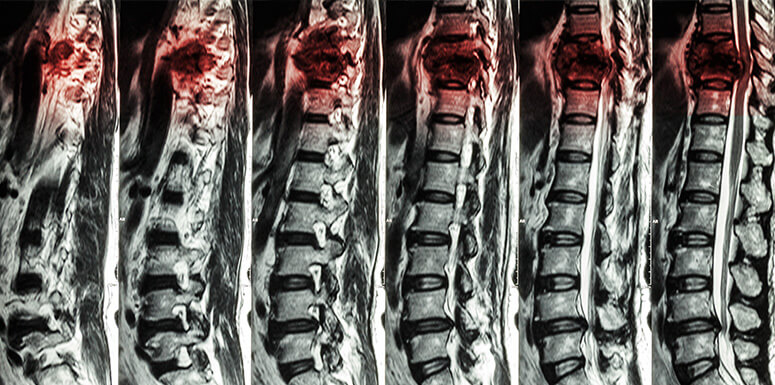
The spinal cord is a collection of nerves surrounded by the vertebrae that make up the backbone. These nerves communicate messages between the brain and the rest of the body. A spinal cord injury affects these nerves and the surrounding tissues. There are two types of spinal cord injuries: incomplete and complete. The type of spinal injury determines how well you can expect your spinal cord to recover.
Spinal cord injuries are devastating and can impact every aspect of your life. If you or a loved one are suffering from one of these injuries, call a Houston back injury lawyer from The Krist Law Firm, P.C. today at (281) 283-8500 for a free case consultation.
You may be eligible for compensation from the negligent party responsible, which can make all the difference in the care your receive and how you can move on after such a serious injury. We have a long track record of getting people what they deserve after a catastrophic spinal injury. Let us review the details and explain your next steps.
Incomplete Spinal Cord Injuries
An incomplete spinal cord injury means the spinal cord is not completely severed, so the injured person may retain some functionality. The level at which their spinal cord can perform depends on the nature and degree of their injuries.
Some examples of incomplete spinal cord injuries are:
- Anterior cord syndrome. This is an injury to the front of the spinal cord that disrupts your motor and sensory skills. You might be able to feel things, but you could have a hard time moving your limbs.
- Central cord syndrome. The central cord sends messages from the brain to the spinal cord, so even a partial injury causes considerable damage. You may have trouble moving your legs and arms, and your fine motor skills could suffer. Your bowel, bladder, and sexual functions may also be impaired.
- Brown-Sequard Syndrome. This affects one side of the spinal cord. Consequently, you could experience varying degrees of functionality on one side of your body.
Complete Spinal Cord Injuries
With a complete spinal cord injury, the spinal cord is totally severed, stopping the messages from the brain from reaching below the point of injury. You lose feeling to the area below the injury point, and you cannot move your limbs.
Complete spinal injuries include:
- Paraplegia is paralysis of the bottom half of the body.
- Tetraplegia, also referred to as quadriplegia is total paralysis below the point of injury. Often, you can no longer move any of your limbs.
Symptoms of Spinal Cord Injuries
The symptoms of a spinal cord injury depend on the severity. Some signs of a spinal injury include:
- Loss of movement in one or more of your limbs
- Numbness
- Loss of bladder and bowel control functions
- Problems with sexual performance or libido
- Difficulty breathing
- Chronic pain
- Bedsores
Causes of Spinal Cord Injuries
A spinal cord injury can be the result of a disease or other medical condition, but they are also common after accidents caused by negligence, such as;
- Car and truck accidents
- Acts of violence, such as a gunshot wound or severe beating
- A workplace injury
- A sports-related injury
- A fall
An Experienced Attorney Can Help with Your Spinal Cord Injury
Spinal cord injuries are serious and life-changing. It could take you a very long time to recover movement or sensation to your limbs. In some cases, it may never happen. You could be out of work due to your inability to walk or stand, and you may need to endure months of surgeries, medical treatments, and physical therapy before you can return to your daily activities.
At The Krist Law Firm, P.C., we know how debilitating these injuries are, and we understand that you still need to be able to look after your family while you recover.
We will document your injuries, consult with your doctors, and determine what you really need to heal. From there, we will deal with the insurance company or other parties involved to negotiate for an outcome that gets you everything you need. If they refuse to cooperate, we’ll be prepared and aggressively fight for you in court.
There is also no risk because we only get paid when you recover compensation
Let us help with your case and fight for you after a spinal injury. To schedule a no-cost consultation with one of our Houston back injury attorneys, contact us at (281) 283-8500.

